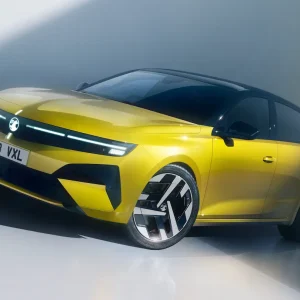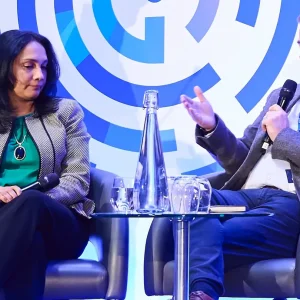Renault has taken the wraps off a new direct-injection turbocharged petrol engine – with Scenic and Grand Scenic drivers set to be the first to benefit.
The new power unit has been developed as part of a partnership between the Renault-Nissan-Mitsubishi Alliance and Daimler.
Renault says the engine offers better torque at low revs and greater and constant availability at high revs, with reduced fuel consumption and CO2 emissions.
Offered first on the Scenic and Grand Scenic MPVs, with deliveries to European customers in January, though UK ordering dates are still to be confirmed, the engine will be rolled out across the rest of the Renault range from 2018.
There’s a choice of three power outputs, with 115hp, 140hp and 160hp engines available.
Renault has quoted a CO2 output for the Scenic of 122g/km for the 140hp and 115hp versions, and fuel economy of 52.2mpg.
For the Grand Scenic these figures change to 125g/km and 50.4mpg.
Renault says these figures mean a reduction in CO2 emissions of seven grams for the Scenic, and 11 grams for the Grand Scenic.
The 115hp engine will be offered with manual transmission only, and the more powerful units with a choice of manual or auto depending on market.
Renault says the engines include innovations such as bore spray coating, a cylinder-coating technology from the Nissan GTR’s engine which improves efficiency.
Direct fuel injection pressure has been raised by 250 bar, and a specific combustion chamber design is said to optimise the mix of fuel and air.
Renault also says the engine’s dual variable timing camshaft technology controls the intake and exhaust valves according to engine loads.
Philippe Brunet, Alliance Global VP for Powertrain and Electric Vehicles, said: “Our new petrol engine embodies all the expertise of Groupe Renault’s engineers, the Alliance and our partner Daimler. It meets the quality standards of both the Alliance and Daimler, with more than 40,000 hours of testing.
“Compared with the Energy TCe 130, the new Energy TCe 140 delivers 35Nm additional peak torque which is available across a broader rev band, from 1,500rpm to 3,500rpm.”
By Sean Keywood





